
1. Cars are generally composed of four basic parts: engine, chassis, body and electrical equipment.
2. Cars have four major systems: braking system, steering system, driving system and transmission system. The engine is the power device of a car, which is composed of two major mechanisms and five major systems: crank connecting rod mechanism, gas distribution mechanism, cooling system, fuel supply system, lubrication system, ignition system and starting system, but diesel engines have one less ignition system than gasoline engines.
3. The car start-up system consists of a storage battery, ignition switch, start-up relay, starter, etc.The ignition system is an important part of gasoline engines. The good performance of the ignition system has a great impact on the power, fuel consumption and exhaust pollution of the engine.
4. Cars are generally composed of four basic parts: engine, chassis, body and electrical equipment. Car engine: The engine is the power unit of the car.
Engine system: The engine is the power device of the car. Its function is to burn fuel to generate power and drive the wheels to drive the car through the chassis transmission system. There are two kinds of engines: gasoline engine and diesel engine.
The automobile system includes engine system, cooling system, suspension system, steering system, gearbox system, air conditioning system and fuel system.Unification, drive system, braking system, electrical system, split box system, lubrication system, safety system and electronic control system.
Cars have four major systems: braking system, steering system, driving system and transmission system. The engine is the power device of a car, which is composed of two major mechanisms and five major systems: crank connecting rod mechanism, gas distribution mechanism, cooling system, fuel supply system, lubrication system, ignition system and starting system, but diesel engines have one less ignition system than gasoline engines.
Cars have eight major systems, namely: power system; transmission system; driving system; braking system; steering system; lighting system; electrical system; fuel supply system.
Automotive systems are divided into four categories: mechanical transmission system. The mechanical transmission system is simple in structure and reliable in operation, and is widely used in all kinds of automobiles.
Three major mechanisms: crank connecting rod oil, gas distribution mechanism and transmission mechanism. Five major systems: fuel supply system, cooling system, lubrication system, ignition system (electrical control system) and start-up system.
The five major systems are fuel supply system, lubrication system, cooling system, start-up system, and ignition system. The three major structures include the crank connecting rod mechanism, the body unit, and the gas distribution mechanism. 1. Cooling system: generally composed of water tank, water pump, radiator, fan, thermoster, water temperature gauge and water release switch, etc.
Five major systems: fuel supply system, lubrication system, cooling system, ignition system, start-up system. Engine: The body is the skeleton that makes up the engine, and the engine is eachThe installation foundation of the mechanism and various systems, in which all the main parts and accessories of the engine are installed inside and outside, bearing various loads. Therefore, the body must have sufficient strength and rigidity.
The two major mechanisms of automobile engines are the crank connecting rod mechanism and the valve mechanism. The five major systems are the crank connecting rod mechanism, the valve mechanism, the starting system, the lubrication system, the cooling system, the oil supply system and the ignition system.

Customizable export data queries-APP, download it now, new users will receive a novice gift pack.
1. Cars are generally composed of four basic parts: engine, chassis, body and electrical equipment.
2. Cars have four major systems: braking system, steering system, driving system and transmission system. The engine is the power device of a car, which is composed of two major mechanisms and five major systems: crank connecting rod mechanism, gas distribution mechanism, cooling system, fuel supply system, lubrication system, ignition system and starting system, but diesel engines have one less ignition system than gasoline engines.
3. The car start-up system consists of a storage battery, ignition switch, start-up relay, starter, etc.The ignition system is an important part of gasoline engines. The good performance of the ignition system has a great impact on the power, fuel consumption and exhaust pollution of the engine.
4. Cars are generally composed of four basic parts: engine, chassis, body and electrical equipment. Car engine: The engine is the power unit of the car.
Engine system: The engine is the power device of the car. Its function is to burn fuel to generate power and drive the wheels to drive the car through the chassis transmission system. There are two kinds of engines: gasoline engine and diesel engine.
The automobile system includes engine system, cooling system, suspension system, steering system, gearbox system, air conditioning system and fuel system.Unification, drive system, braking system, electrical system, split box system, lubrication system, safety system and electronic control system.
Cars have four major systems: braking system, steering system, driving system and transmission system. The engine is the power device of a car, which is composed of two major mechanisms and five major systems: crank connecting rod mechanism, gas distribution mechanism, cooling system, fuel supply system, lubrication system, ignition system and starting system, but diesel engines have one less ignition system than gasoline engines.
Cars have eight major systems, namely: power system; transmission system; driving system; braking system; steering system; lighting system; electrical system; fuel supply system.
Automotive systems are divided into four categories: mechanical transmission system. The mechanical transmission system is simple in structure and reliable in operation, and is widely used in all kinds of automobiles.
Three major mechanisms: crank connecting rod oil, gas distribution mechanism and transmission mechanism. Five major systems: fuel supply system, cooling system, lubrication system, ignition system (electrical control system) and start-up system.
The five major systems are fuel supply system, lubrication system, cooling system, start-up system, and ignition system. The three major structures include the crank connecting rod mechanism, the body unit, and the gas distribution mechanism. 1. Cooling system: generally composed of water tank, water pump, radiator, fan, thermoster, water temperature gauge and water release switch, etc.
Five major systems: fuel supply system, lubrication system, cooling system, ignition system, start-up system. Engine: The body is the skeleton that makes up the engine, and the engine is eachThe installation foundation of the mechanism and various systems, in which all the main parts and accessories of the engine are installed inside and outside, bearing various loads. Therefore, the body must have sufficient strength and rigidity.
The two major mechanisms of automobile engines are the crank connecting rod mechanism and the valve mechanism. The five major systems are the crank connecting rod mechanism, the valve mechanism, the starting system, the lubrication system, the cooling system, the oil supply system and the ignition system.

How to track non-compliance incidents
author: 2024-12-24 03:26Refined sugar HS code identification
author: 2024-12-24 02:30Global trade finance compliance checks
author: 2024-12-24 01:18How to ensure data-driven export strategies
author: 2024-12-24 01:02HS code-based market share analysis
author: 2024-12-24 00:53HS code mapping to product categories
author: 2024-12-24 03:10Textile supply chain HS code mapping
author: 2024-12-24 02:50End-to-end shipment tracking solutions
author: 2024-12-24 01:52How to enhance supplier collaboration
author: 2024-12-24 01:29Industrial equipment HS code alignment
author: 2024-12-24 01:11 End-to-end supplier lifecycle management
End-to-end supplier lifecycle management
569.48MB
Check HS code electrical machinery data
HS code electrical machinery data
437.39MB
Check Customs broker performance analysis
Customs broker performance analysis
616.11MB
Check North American HS code tariff structures
North American HS code tariff structures
542.28MB
Check import export data
import export data
137.32MB
Check Global trade data interoperability
Global trade data interoperability
478.22MB
Check How to secure competitive freight rates
How to secure competitive freight rates
956.97MB
Check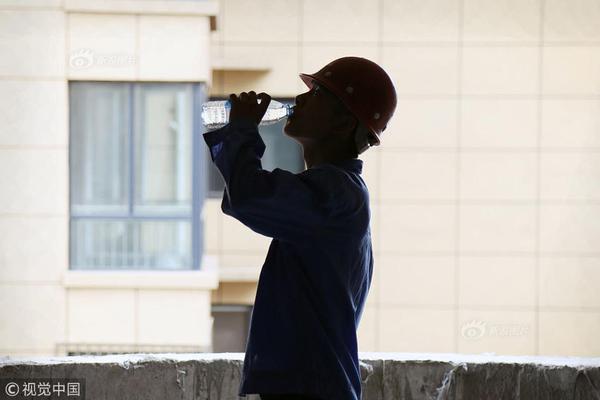 Global trade index visualization
Global trade index visualization
729.27MB
Check HS code-driven supply chain benchmarking
HS code-driven supply chain benchmarking
394.28MB
Check How to detect supply chain inefficiencies
How to detect supply chain inefficiencies
114.28MB
Check Trade data-driven supply chain optimization
Trade data-driven supply chain optimization
717.14MB
Check HS code-driven tariff equalization
HS code-driven tariff equalization
926.62MB
Check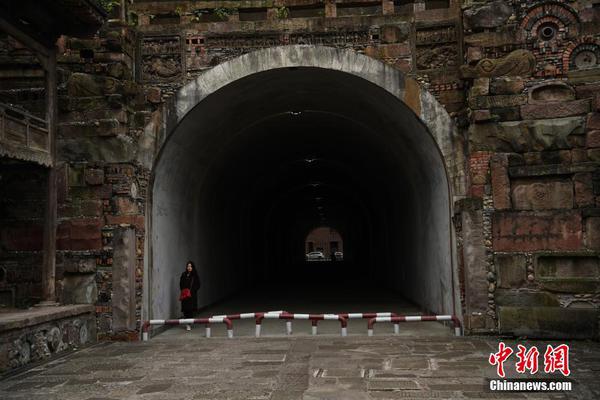 HS code utilization for tariff refunds
HS code utilization for tariff refunds
233.89MB
Check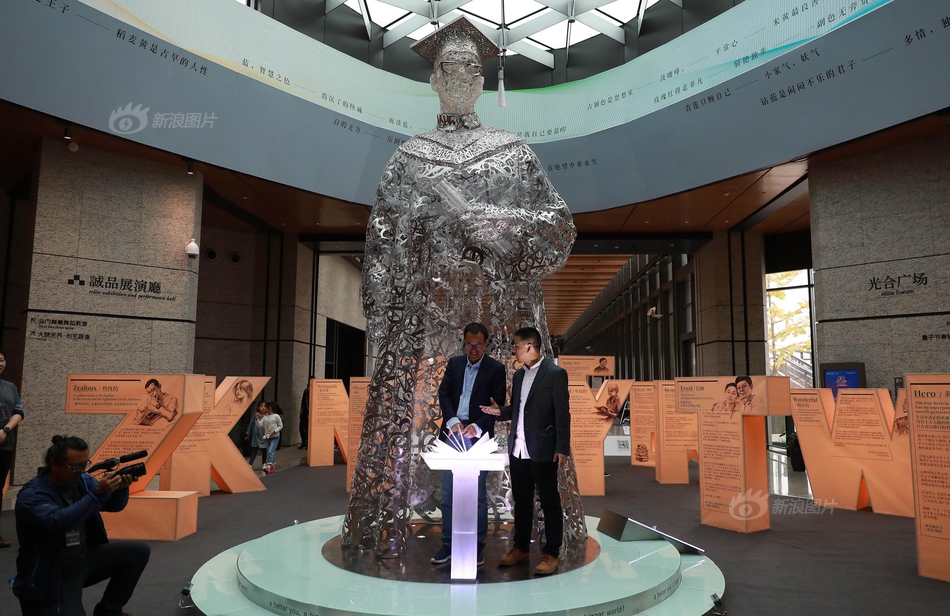 Global trade fair insights
Global trade fair insights
321.66MB
Check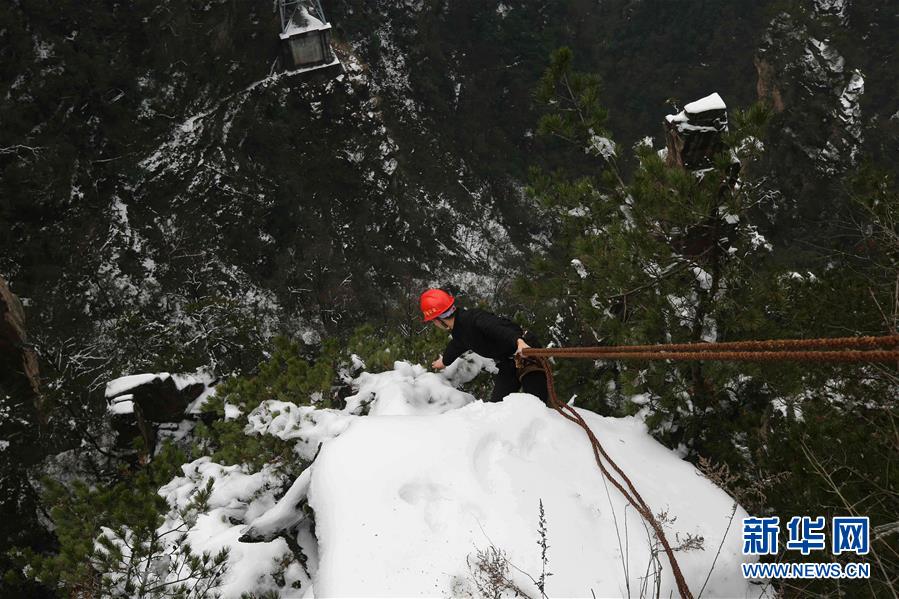 Identifying growth markets via HS code data
Identifying growth markets via HS code data
212.82MB
Check HS code-driven risk mitigation
HS code-driven risk mitigation
439.81MB
Check How to secure competitive freight rates
How to secure competitive freight rates
594.67MB
Check Cross-border HS code harmonization
Cross-border HS code harmonization
856.74MB
Check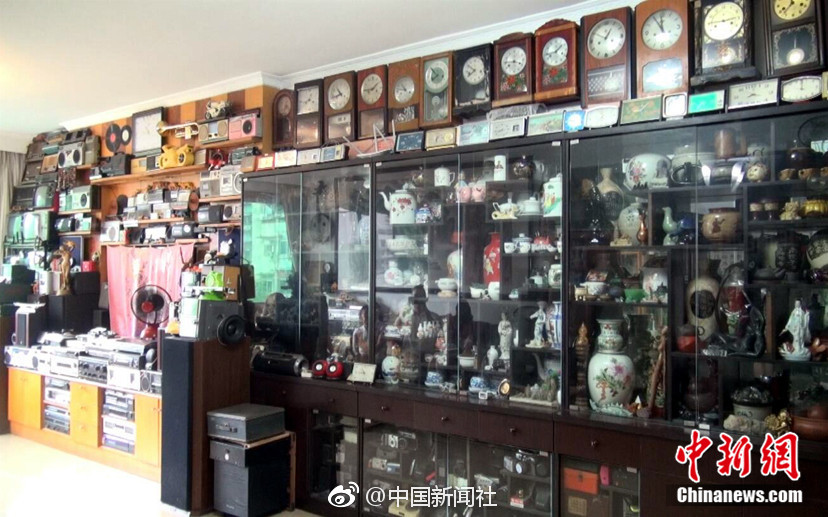 Sourcing intelligence from customs data
Sourcing intelligence from customs data
967.97MB
Check How to analyze competitor shipping routes
How to analyze competitor shipping routes
211.76MB
Check Agricultural machinery HS code lookups
Agricultural machinery HS code lookups
546.84MB
Check Trade finance structuring by HS code
Trade finance structuring by HS code
678.67MB
Check Data-driven export licensing compliance
Data-driven export licensing compliance
386.92MB
Check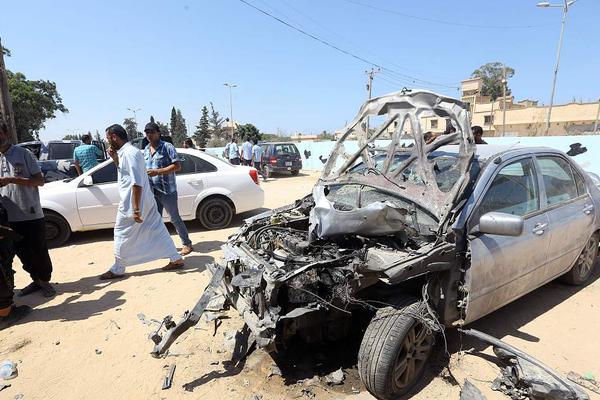 Cotton (HS code ) trade insights
Cotton (HS code ) trade insights
767.36MB
Check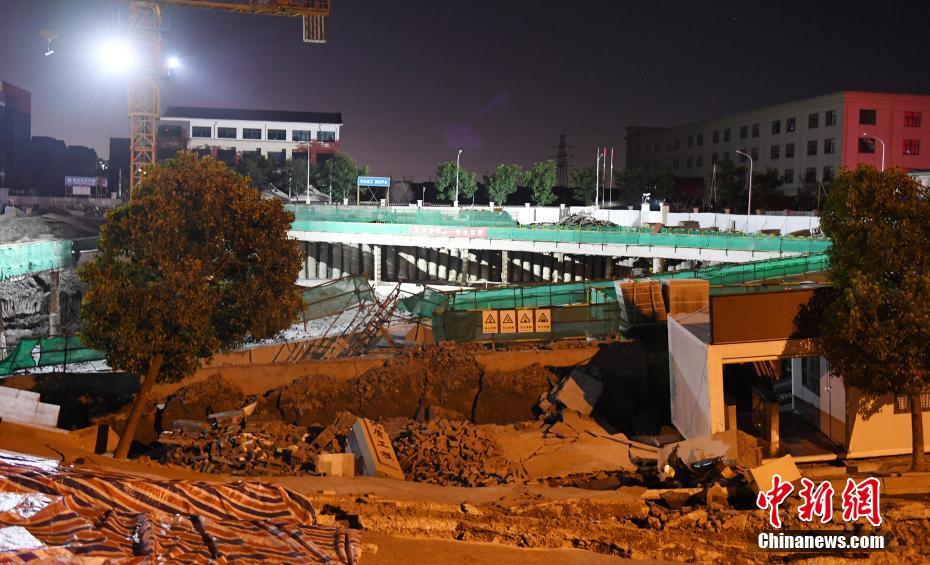 Real-time commodity flow tracking
Real-time commodity flow tracking
843.65MB
Check HS code-based FTA utilization
HS code-based FTA utilization
851.29MB
Check HS code segmentation for industrial chemicals
HS code segmentation for industrial chemicals
721.37MB
Check Medical PPE HS code verification
Medical PPE HS code verification
129.78MB
Check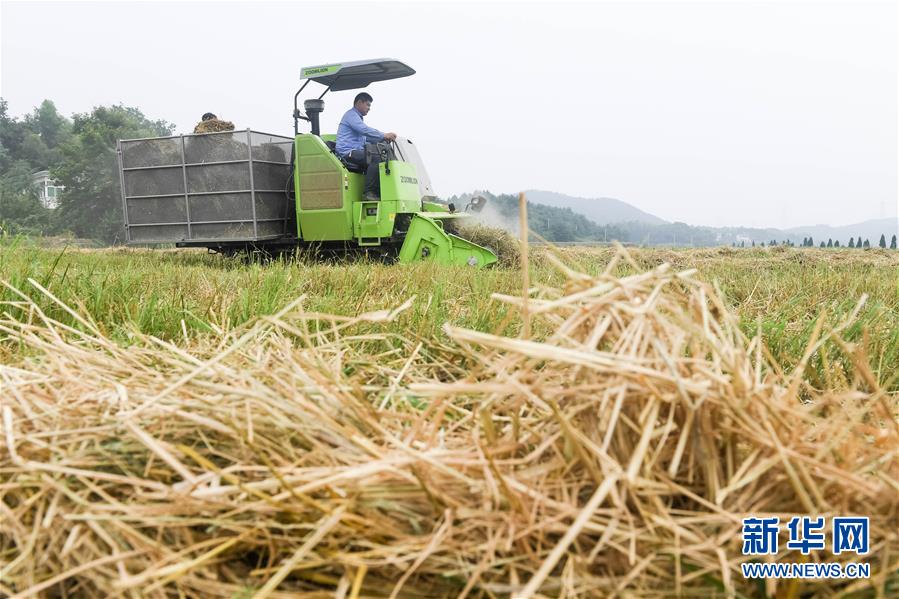 Trade data-based price benchmarks
Trade data-based price benchmarks
762.39MB
Check Chemical HS code alerts in EU markets
Chemical HS code alerts in EU markets
567.17MB
Check HS code integration in trade blockchains
HS code integration in trade blockchains
343.63MB
Check How to detect supply chain inefficiencies
How to detect supply chain inefficiencies
696.38MB
Check Commodity-specific import licensing data
Commodity-specific import licensing data
117.33MB
Check Real-time freight capacity insights
Real-time freight capacity insights
171.79MB
Check Global trade corridor analysis
Global trade corridor analysis
472.38MB
Check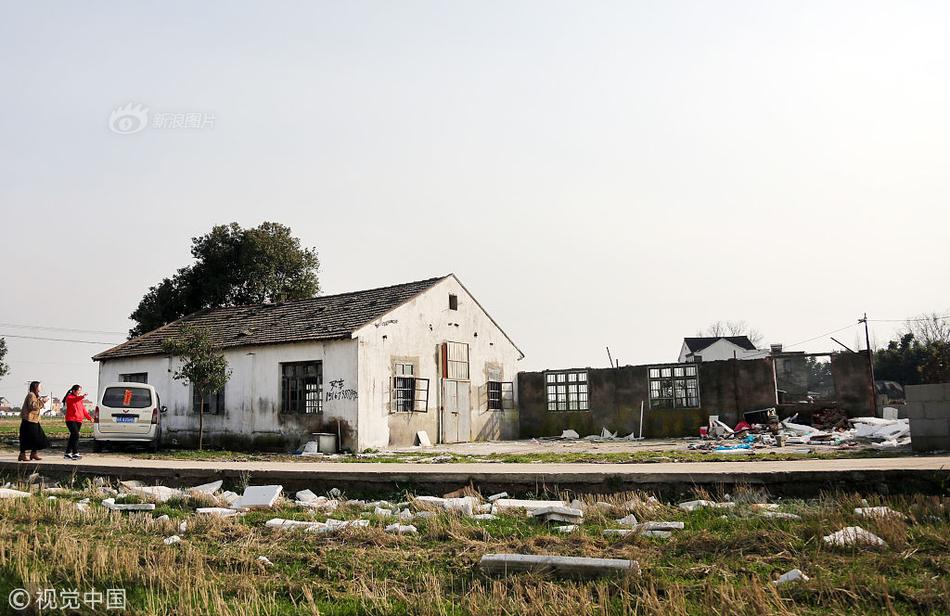 HS code indexing for specialized products
HS code indexing for specialized products
622.91MB
Check
Scan to install
Customizable export data queries to discover more
Netizen comments More
2711 Inland freight HS code applicability
2024-12-24 03:03 recommend
1235 Top trade data trends reports
2024-12-24 02:38 recommend
1306 Carbon steel HS code references
2024-12-24 02:08 recommend
2101 Country block exemptions by HS code
2024-12-24 01:55 recommend
1332 Non-GMO products HS code classification
2024-12-24 01:04 recommend